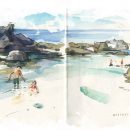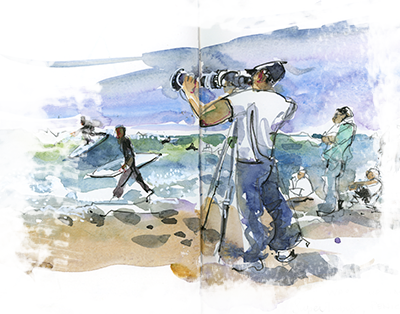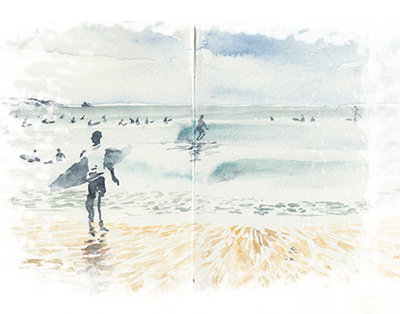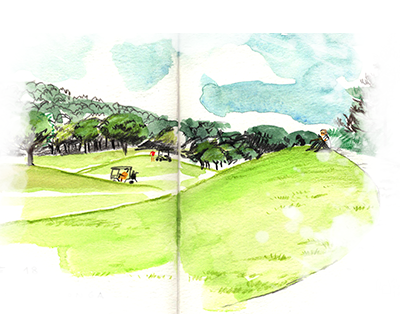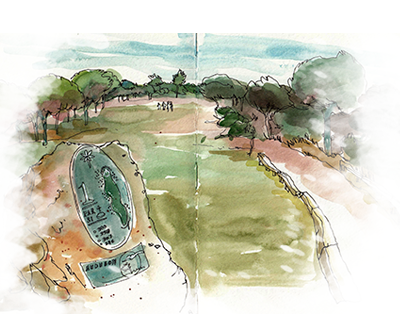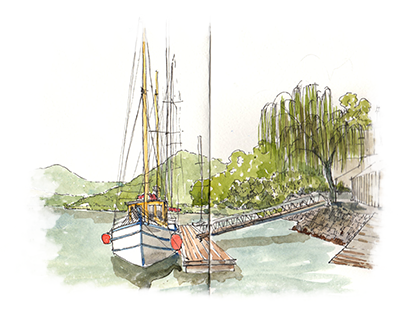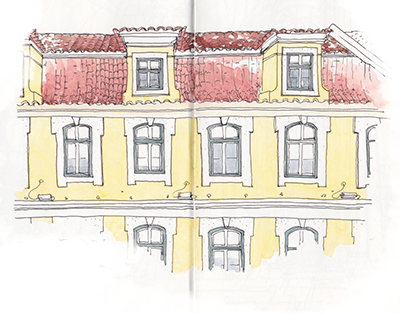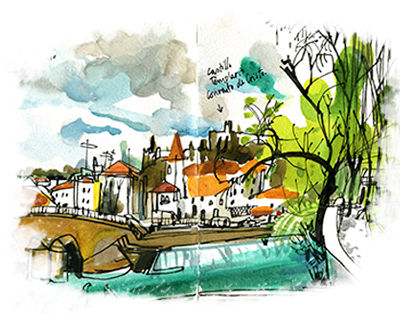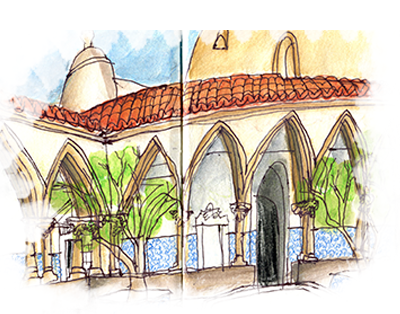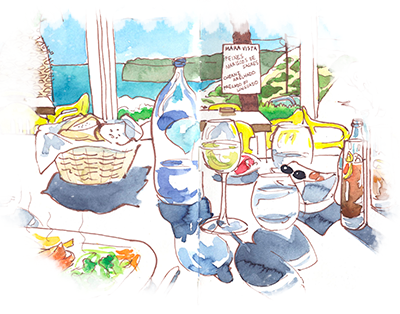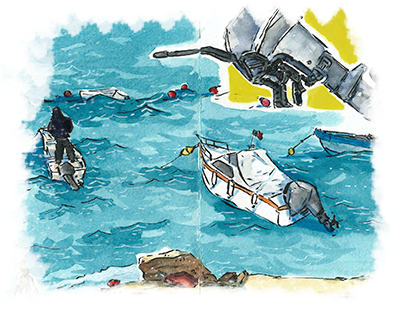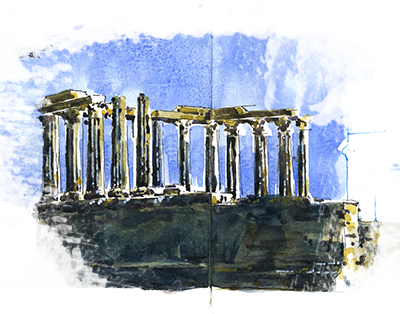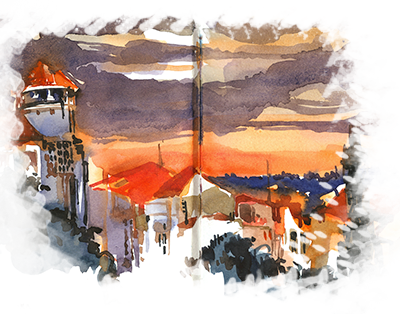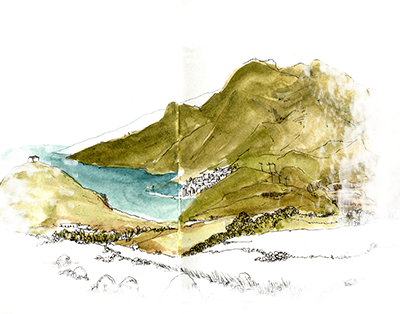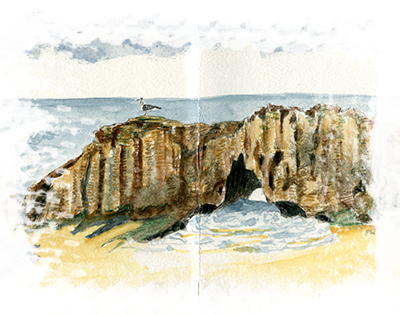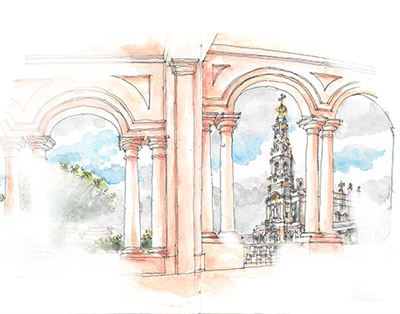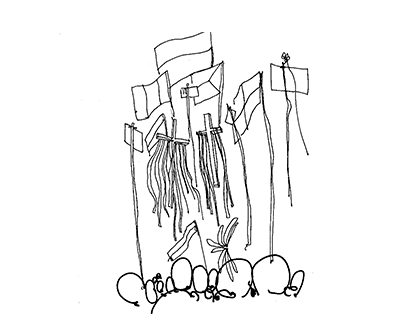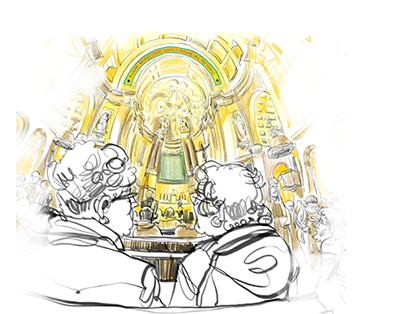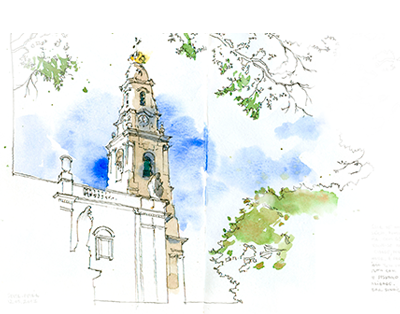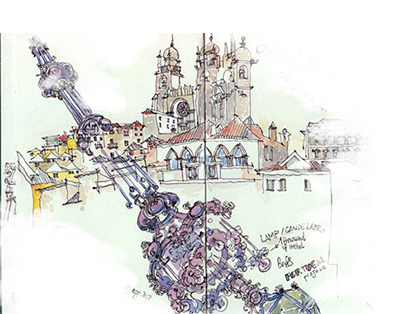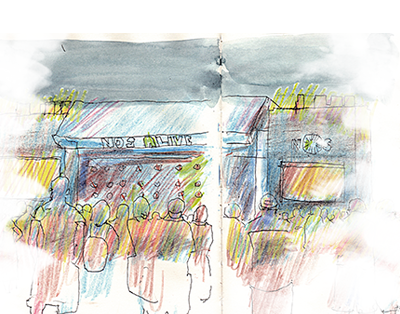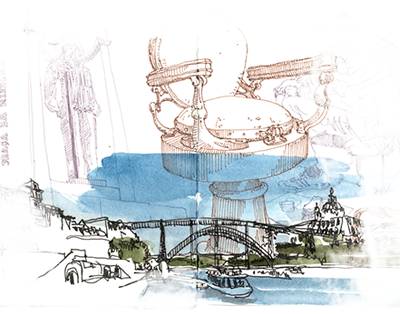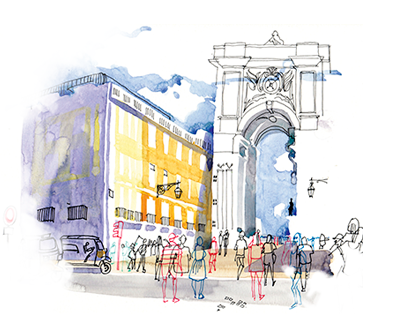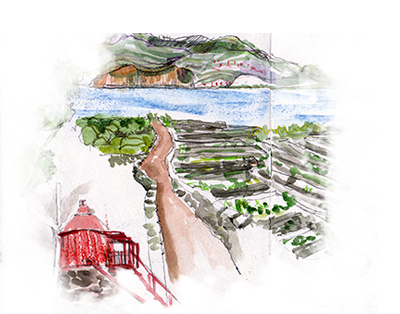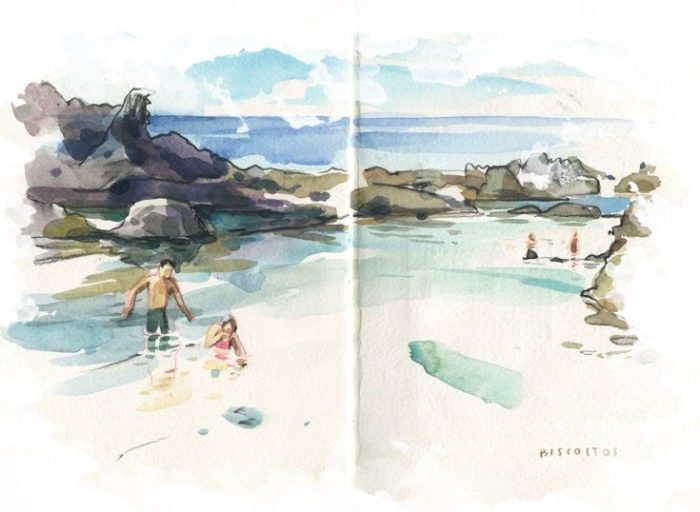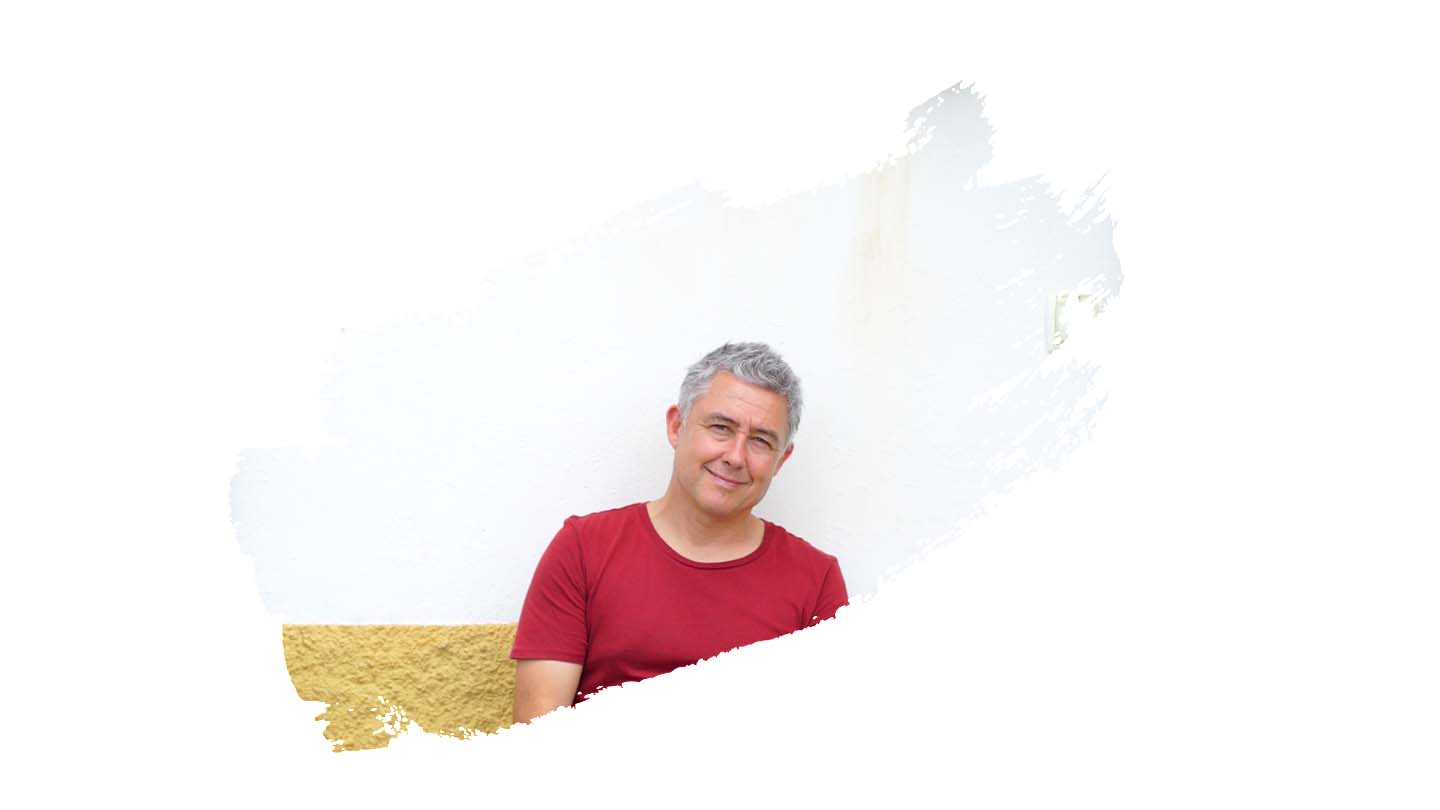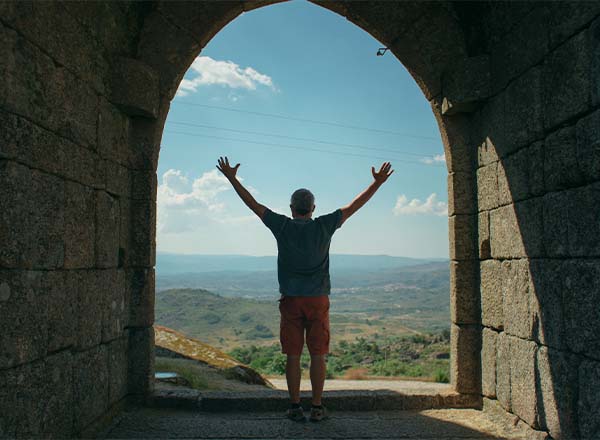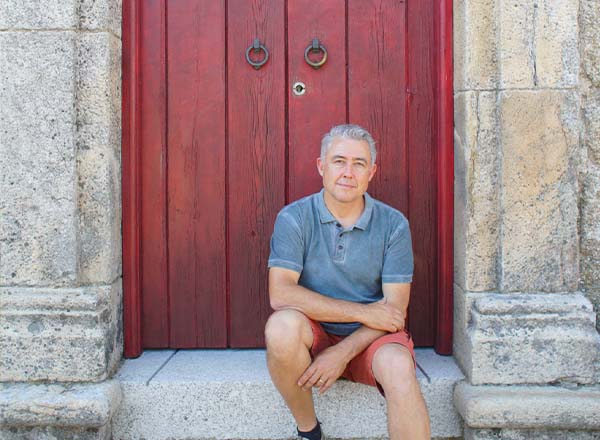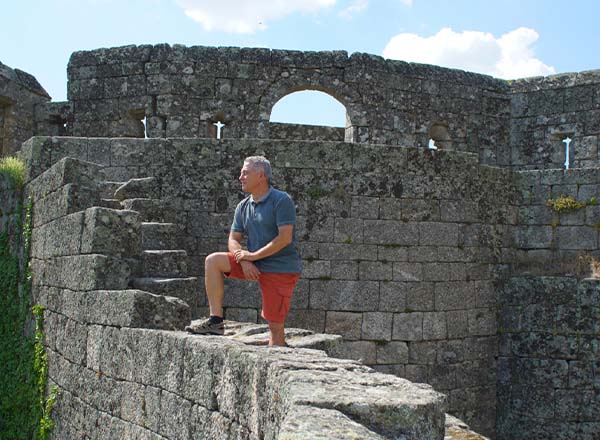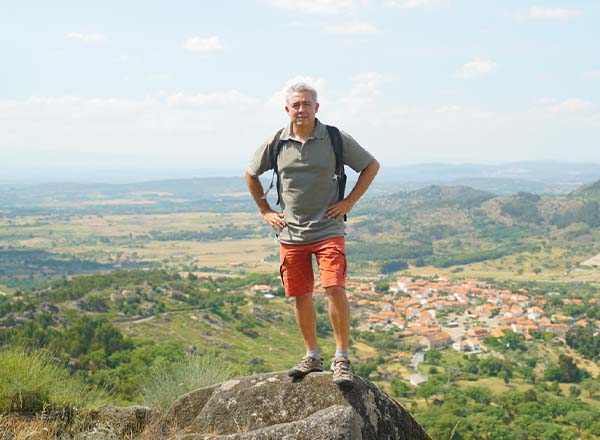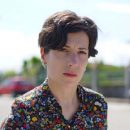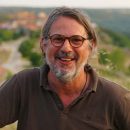One of Portugal’s most famous travel writers took a trip with us through the region of his birth.
Gonçalo Cadilhe is a travel writer, documentary writer, surfer and travel photographer. He started travelling and publishing professionally in February 1992. He organizes trips worldwide with Pinto Lopes Viagens the tour operator.
He has published fifteen books to date. Travel, historical biography, surfing and life encounters are his preferred topics. Notable among his various books are “Planisfério Pessoal”, where he recounts a journey around the world over 19 months made without resorting to air travel; “Nos Passos de Magalhães”, an itinerant biography narrated in the places that featured in the navigator Magellan’s life; “África Acima”, which describes crossing the African continent from Cape Town to Tangiers only by hitch-hiking or local public transport; “Nos Passos de Santo António”, a layman’s journey where the author presents the Portuguese saint as the first great traveller in the History of Portugal; “Passagem para o Horizonte”, where he describes twelve months travelling around the world in search of his ideal of twelve perfect waves, waiting for a month for each chosen wave.
I discovered that rewilding is not just about nature after all; its also about my rediscovering Portugal's natural landscapes.
As I climb higher and penetrate the hidden half of my country, the space widens, the landscape becomes hard to tame, and it is clear to see that very hard lives were lived out here over the centuries. The ground is harsh and unforgiving, the arable plateaux can be crossed quickly and soon give way to treacherous cliffs, steep gorges, geological dead ends that, if they had a human face would bear a sardonic expression.
But then come the villages. They too are severe, monochrome, angular. They are hard. Like the landscape, they could suggest that I would have to work on my sensibility to be charmed by their extraordinary metaphysical beauty. But in fact, the villages don’t convey restlessness and subjection. If they were capable of human interaction, it would be a clumsy hug: rough but sincere and warm. And I immediately feel wrapped up in that embrace.
A journey through the inland Beira turns out to be a window onto eternity.
What surprised you on this journey?
I was surprised by the visual impact of these villages, their ancient layout still relatively intact. There was the occasional façade that completely adulterated the period atmosphere of the place, but overall it was a very pleasant surprise to find villages with such an unspoiled historical appearance.
Tell us something you saw that you had never seen before.
Well, the cave paintings at the Côa seen on a night tour with a small group, with nothing but lamp light and the clear, informed explanations offered by the guides was an absolute first for me.
Did you have any preconceived ideas about the region? How did this experience change that?
The greatest challenge was trying to find a new way to look at a region that we all think we know, or at least that doesn't awaken in us the urgency to get to know better, which might happen with a destination on the other side of the world. That was the greatest challenge: getting that fresh view free from preconceptions or outdated information.
What was your favourite moment during this journey?
I would say the strongest impression, the most moving moment was the tour of Monsanto, especially that revelation of a rural culture that is completely immersed in rock, probably an extreme way to fight poverty over generations and is now just something interesting for tourists. But thinking that over hundreds of years there was a half-rural, half-stone age civilization that knew nothing else was a moment of deep reflection for me and of respect for all those people who lived there.




